DIY African Violet Soil: Making A Good African Violet Growing Medium
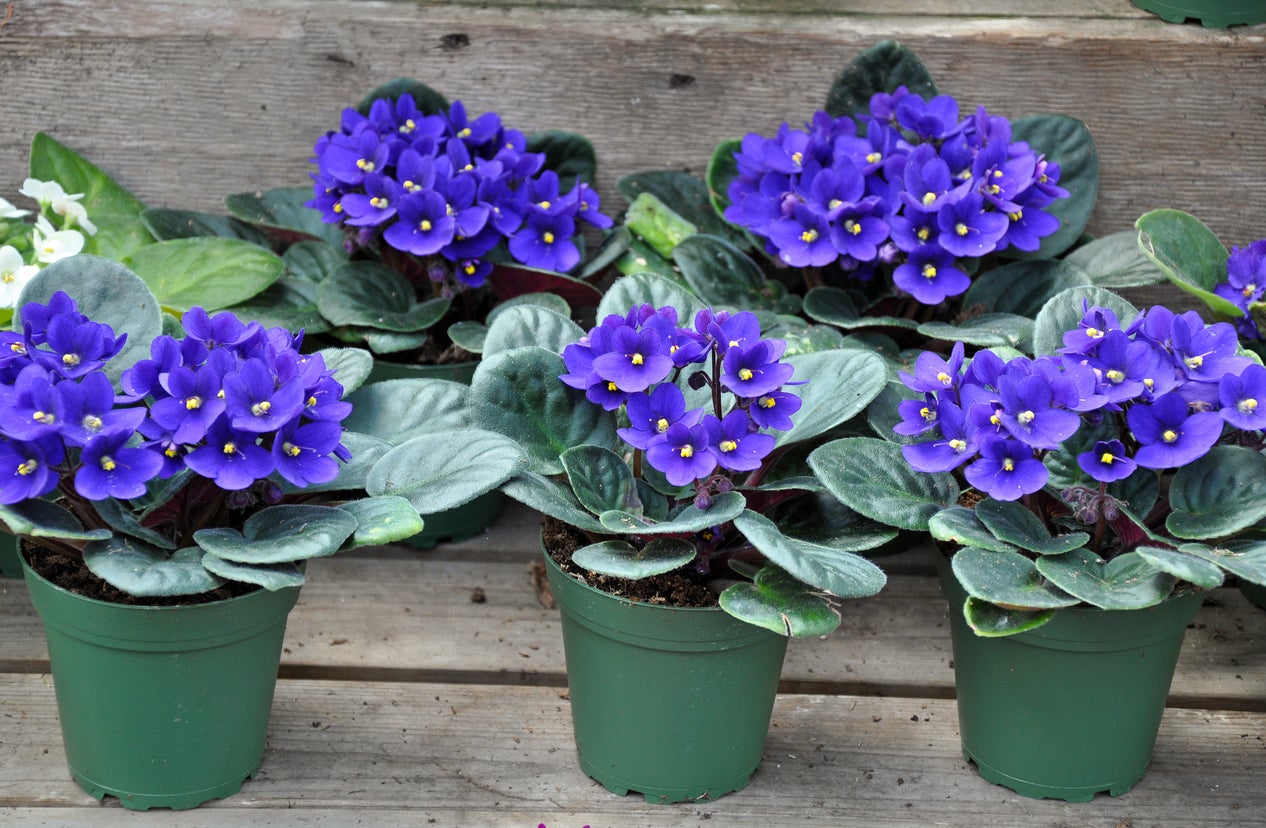

Some people that grow houseplants think they’ll have issues when growing African violets. However, these plants are simple to keep up if you start with the right soil for African violets and the proper location. This article will help provide tips on the most suitable African violet growing medium.
About African Violet Soil
Since these specimens demand proper watering, you’ll want to use the right African violet growing medium. You can mix your own or choose from a number of brands available online or at your local garden center.
The right potting mix for African violets allows air to reach the roots. In their native environment of the “Tanga region of Tanzania in Africa,” this specimen is found growing in crevices of mossy rocks. This allows a good amount of air to reach the roots. African violet soil should allow water to move through while having the proper amount of water retention without cutting off airflow. Some additives help roots to grow bigger and stronger. Your mix should be well-draining, porous, and fertile.
Typical houseplant soil is too heavy and restricts airflow because the decomposed peat it contains encourages too much water retention. This type of soil can cause the death of your plant. However, when it is mixed with equal parts of coarse vermiculite and perlite, you have an appropriate mix for African violets. Pumice is an alternative ingredient, often used for succulents and other fast-draining planting mixes.
Mixes you buy contain sphagnum peat moss (not decomposed), coarse sand, and/or horticultural vermiculite and perlite. If you wish to make your own potting mix, choose from these ingredients. If you already have a houseplant mix that you want to include, add 1/3 coarse sand to bring it to the porosity you need. As you can see, there is no “soil” used in the mixes. In fact, many houseplant potting mixes contain no soil at all.
You may want some fertilizer included in the mix to help feed your plants. A premium African Violet mix contains additional ingredients such earthworm castings, compost, or composted/aged bark. The castings and the compost act as nutrients for the plants, as does decomposing bark. You will likely want to use additional feedings for the optimum health of your African violet plant.
Whether making your own mix or purchasing one that is ready-made, moisten it slightly before planting your African violets. Lightly water in and locate the plants in an east-facing window. Don’t water again until the top of the soil is dry to the touch.
Gardening tips, videos, info and more delivered right to your inbox!
Sign up for the Gardening Know How newsletter today and receive a free copy of our e-book "How to Grow Delicious Tomatoes".

Becca Badgett was a regular contributor to Gardening Know How for ten years. Co-author of the book How to Grow an EMERGENCY Garden, Becca specializes in succulent and cactus gardening.
-
 Looking For Plants To Give You The Soft And Fuzzies? Try These 5 Fuzzy Leaf Plant Options
Looking For Plants To Give You The Soft And Fuzzies? Try These 5 Fuzzy Leaf Plant OptionsLovers of texture, drama, silver foliage and tactile plants will adore these special sensory garden additions. These fuzzy leaf plant options will leave you all aglow
By Susan Albert
-
 Get Ready For A Summer Of Hummers! Grow These Full Sun Hummingbird Plants and Flowers
Get Ready For A Summer Of Hummers! Grow These Full Sun Hummingbird Plants and FlowersIf you’re lucky enough to enjoy a sunny backyard, make sure you are maxing out on your pollinator opportunities and grow these full sun hummingbird plants and flowers
By Tonya Barnett
-
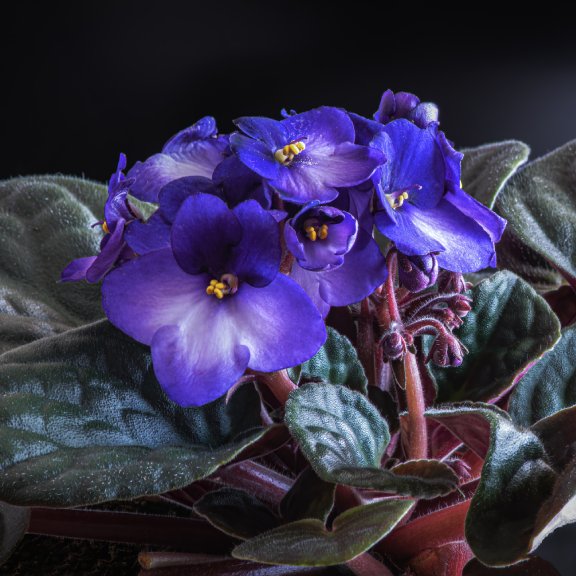 African Violets: Complete Care And Growing Guide
African Violets: Complete Care And Growing GuideFor people who love these sweet plants, African violet care is easy and fun. Knowing what they need is the key.
By Mary Ellen Ellis
-
 What Are Episcia Plants – Learn About Caring For Episcia Varieties
What Are Episcia Plants – Learn About Caring For Episcia VarietiesGrowing Episcia plants adds eye catching appeal to household décor. These colorful houseplants can test the hand of the most experienced green thumb.
By Laura Miller
-
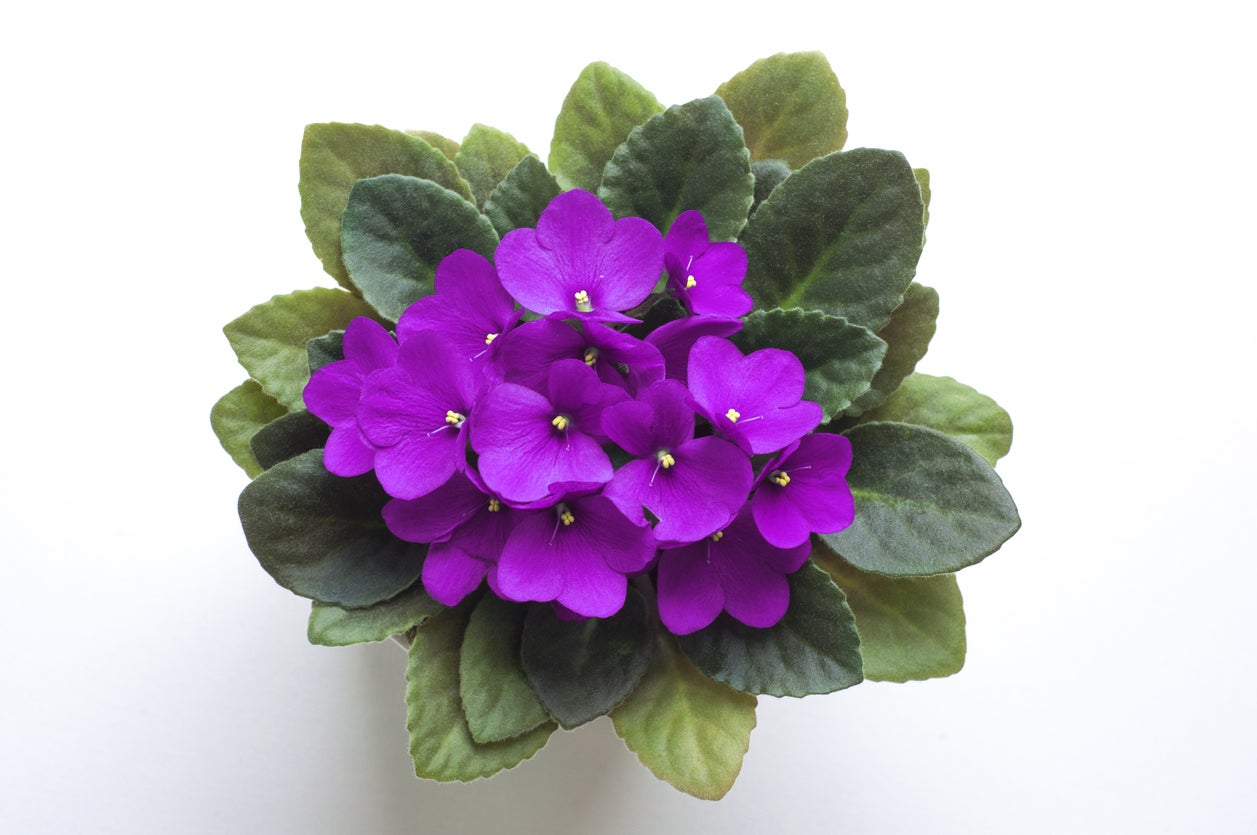 African Violet Flowering Needs: Tips For Getting African Violets To Bloom
African Violet Flowering Needs: Tips For Getting African Violets To BloomMost African violets are sold when flowering. After that, people can have trouble getting them to bloom. What should you do if your African violate won’t flower? Click here for info on African violet flowering needs and tips on how to make African violets bloom again.
By Teo Spengler
-
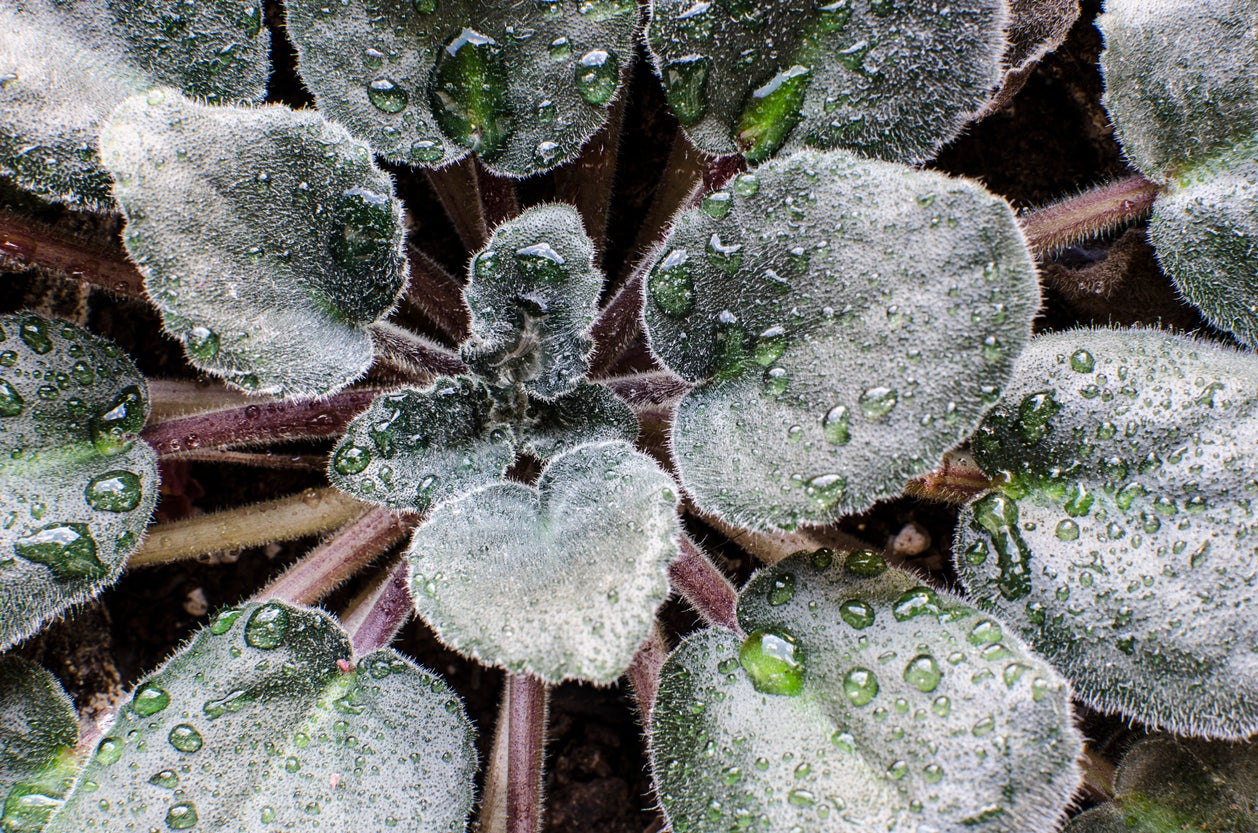 African Violet Watering Guide: How To Water An African Violet Plant
African Violet Watering Guide: How To Water An African Violet PlantWatering African violets isn’t as complicated as you may think. Actually, these charming, old-fashioned plants are surprisingly adaptable and easy to get along with. Wondering how to water an African violet? Click here to learn more about African violet water needs.
By Mary H. Dyer
-
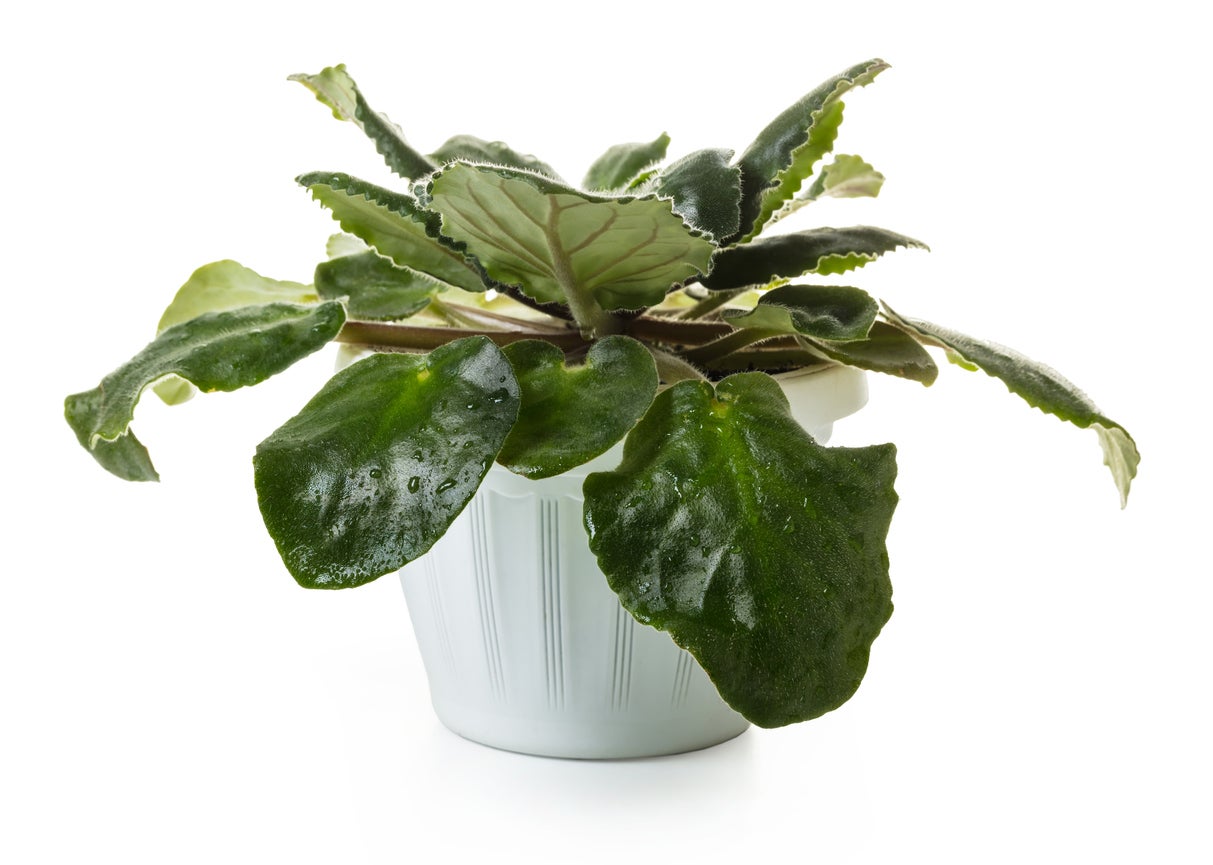 African Violet Leaves Are Curling – What Do Curling African Violet Leaves Mean
African Violet Leaves Are Curling – What Do Curling African Violet Leaves MeanAfrican violets are among the most popular flowering houseplants. But there can be issues with these houseplants. If your African violet leaves are curling, there are a few potential causes and easy solutions. Click this article for more information.
By Mary Ellen Ellis
-
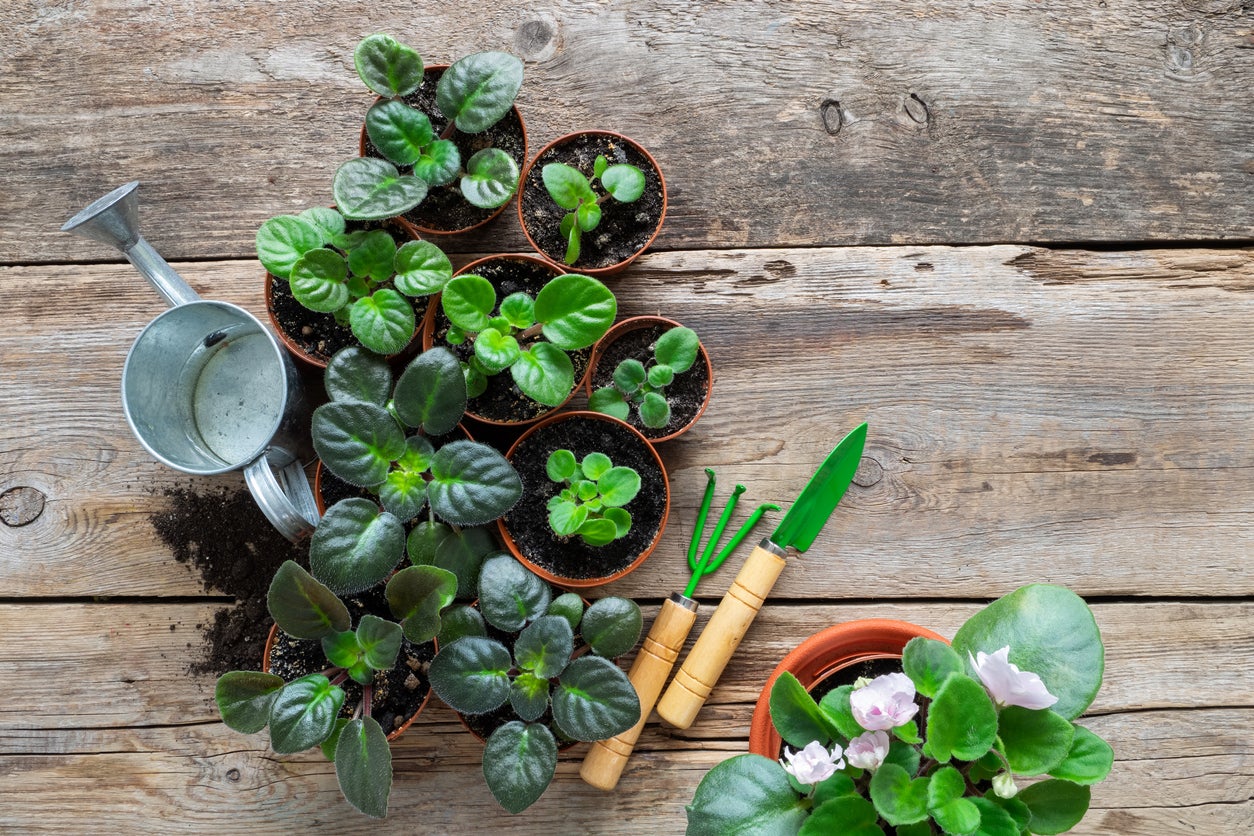 African Violet Repotting – How To Repot African Violets
African Violet Repotting – How To Repot African VioletsAfrican violets can live a long time, as long as 50 years! To get them there, you need to provide good care which includes repotting African violets. The trick is knowing when to repot an African violet and what soil and container size to use. This article will help with that.
By Bonnie L. Grant
-
African Violet Nematode Control: Treating Root Knot Nematodes In African Violet
Nematodes of African violet are tiny worms that infest the roots. They are extremely destructive. For information about African violet root knot nematodes, click this article. We’ll also give you tips on African violet nematode control.
By Teo Spengler
-
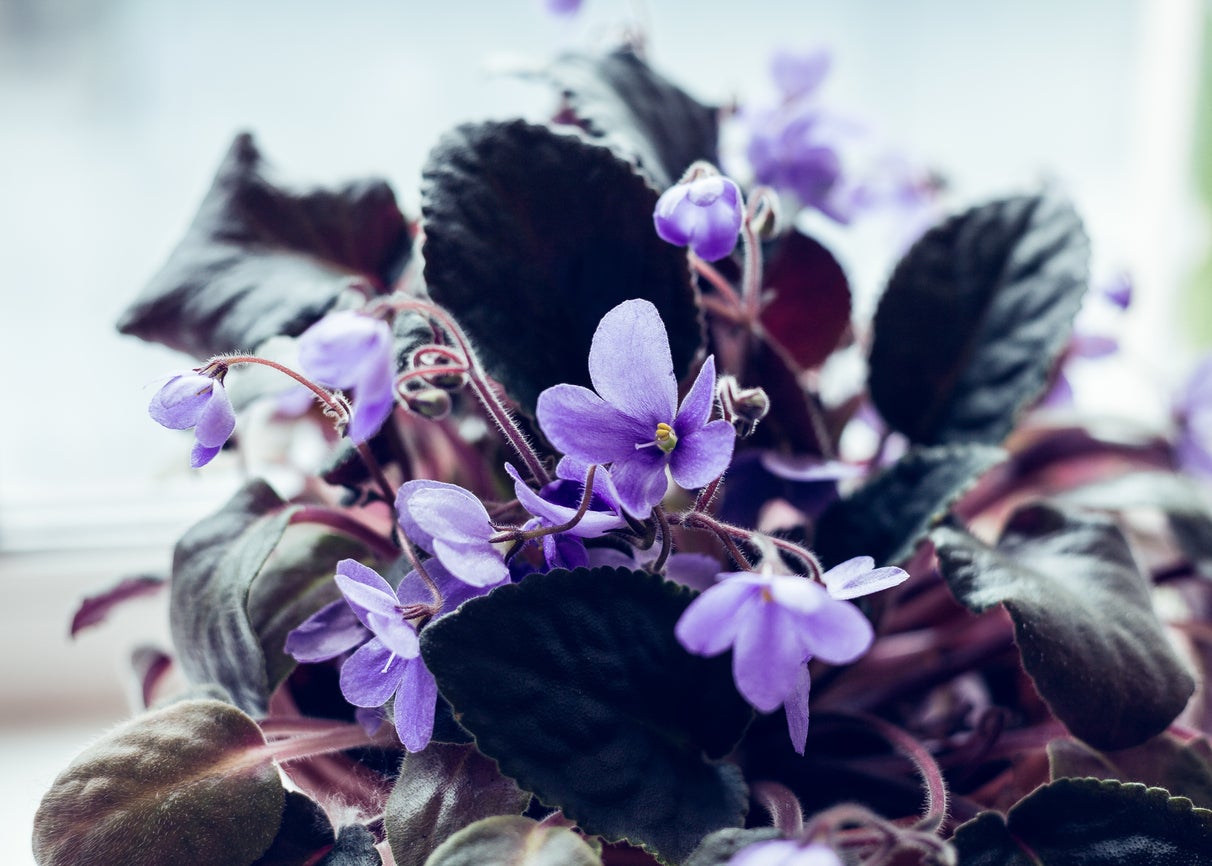 Fertilizing African Violets – Learn How To Feed African Violet Plants
Fertilizing African Violets – Learn How To Feed African Violet PlantsThere are just a few straightforward rules for growing African violets. Water and light needs are two of these, but just as important is how to feed African violet plants. Click on the following article to learn more about African violet feeding.
By Bonnie L. Grant